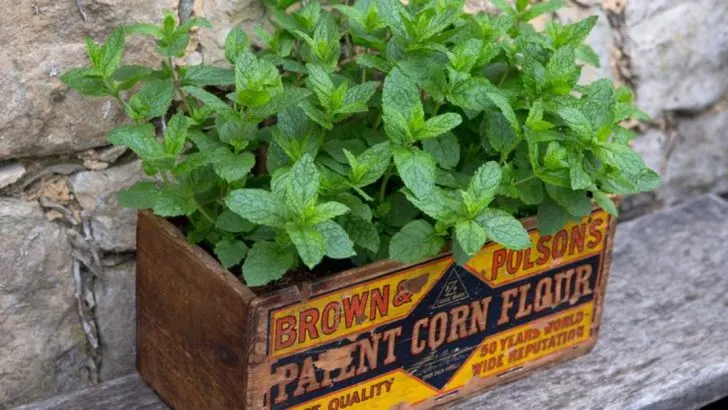At first glance, mint seems like the perfect herb—fragrant, fast-growing, and great in everything from tea to desserts. But behind that fresh aroma lies a plant with a bit of a wild side. Mint is incredibly invasive, and once it’s in your garden bed, it tends to spread everywhere. Its underground runners make it hard to contain, and it can quickly crowd out neighboring plants if not managed.
Another issue is how aggressively mint competes for nutrients. If left unchecked, it can dominate the space, leaving less hardy herbs and vegetables struggling. Plus, because it spreads so easily, mint isn’t always easy to remove once it’s established. Even a tiny root fragment can start a whole new patch.
If you love mint (and who doesn’t?), the best solution is to grow it in containers—either on your patio or sunk into the ground with barriers. That way, you get the refreshing flavor without the garden takeover.
Invasive Nature
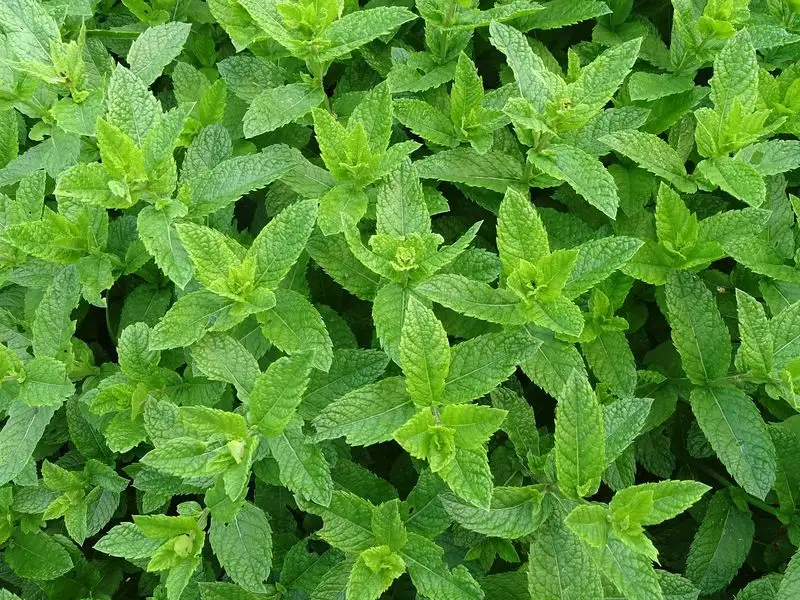
Did you know that mint is notorious for its ability to take over garden spaces? This plant grows rapidly, sending out runners underground that can pop up several feet away. It’s like an uninvited guest who never knows when to leave. To keep mint under control, consider planting it in pots or using barriers to limit its spread. Without proper management, mint’s invasive tendencies can crowd out other plants in your garden. This can lead to frustration as your carefully planned garden design becomes overshadowed by a minty green expanse.
Susceptibility to Pests
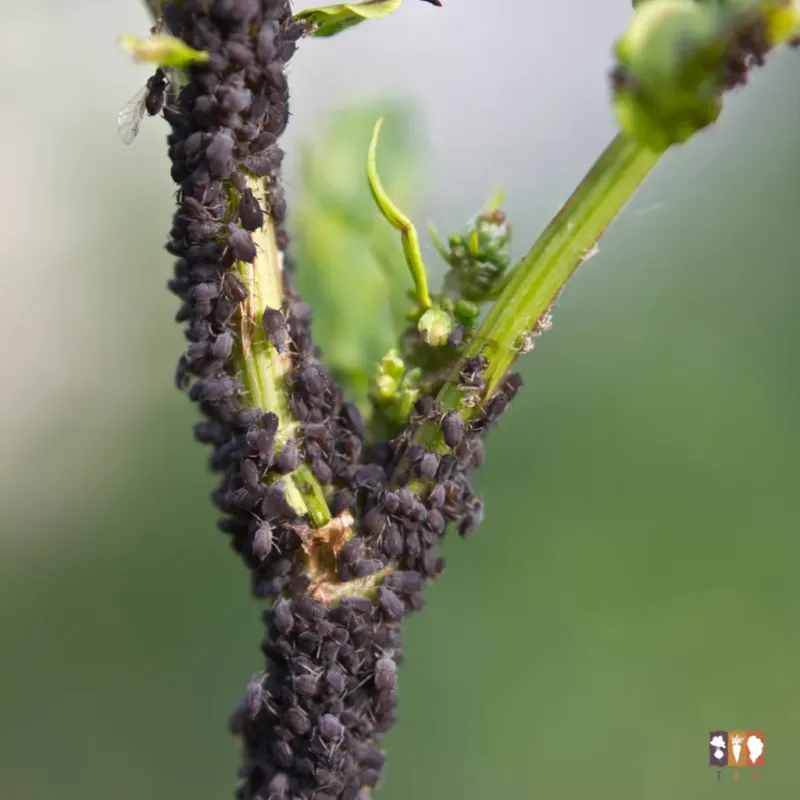
Fragile mint leaves may attract unwanted guests to your garden feast. Aphids, spider mites, and whiteflies are just a few of the pests that enjoy mint as much as we do. These creatures can cause significant damage if left unchecked. Regular inspection of your mint plants is crucial. Removing affected leaves and using natural pest control methods can help mitigate the issue. Remember, a healthy mint plant is less likely to succumb to pest problems, so ensure it receives adequate sunlight and water.
Sensitivity to Disease
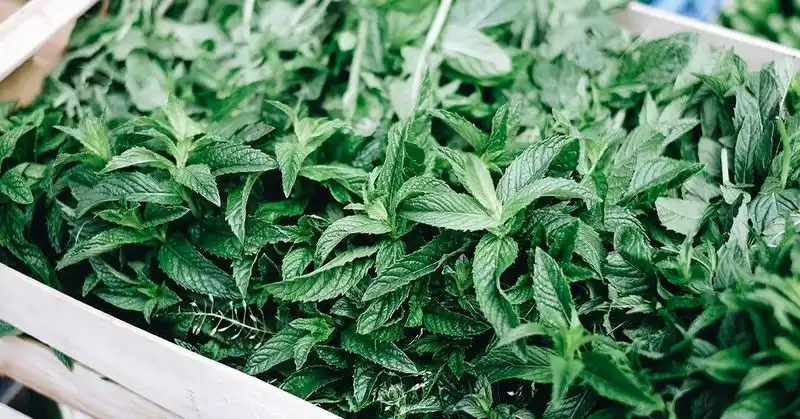
Like any other plant, mint is not immune to diseases. It is particularly susceptible to fungal infections like powdery mildew and rust. These diseases can quickly diminish the vitality of your mint, turning vibrant leaves into unsightly patches. To prevent these issues, ensure proper air circulation around the plants and avoid overhead watering. If disease strikes, remove affected parts promptly to halt its spread. Maintaining clean garden tools and practices can also reduce the risk of infection.
High Water Needs

Thirsty by nature, mint requires consistent moisture to thrive. This can be a challenge during hot, dry spells when water conservation is crucial. If mint doesn’t receive enough water, it can quickly wilt and lose its characteristic aroma. To keep the plant hydrated, mulch around the base can help retain soil moisture. However, be cautious not to overwater, as soggy soil can lead to root rot. Balancing mint’s water needs can be a delicate dance that requires attentive care and adjustment.
Aggressive Competition
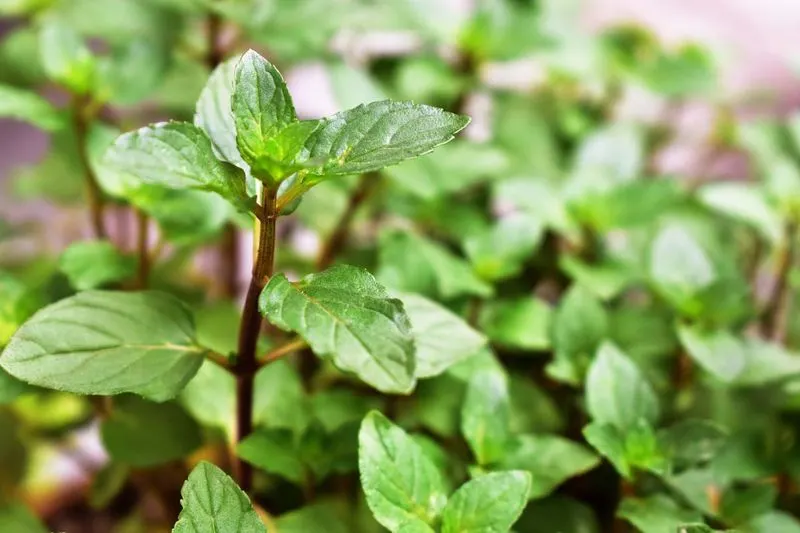
In the world of plants, mint can be the over-eager competitor that outgrows its neighbors. It often overshadows and competes with vegetables and other herbs for nutrients and sunlight. This competitive nature can be particularly problematic in small garden spaces. To prevent mint from bullying its plant companions, strategic placement is key. Consider using raised beds or dedicated mint sections to give all plants their fair share of resources. By managing mint’s aggressive tendencies, you can maintain a balanced garden ecosystem.
Enigmatic Aroma Confusion
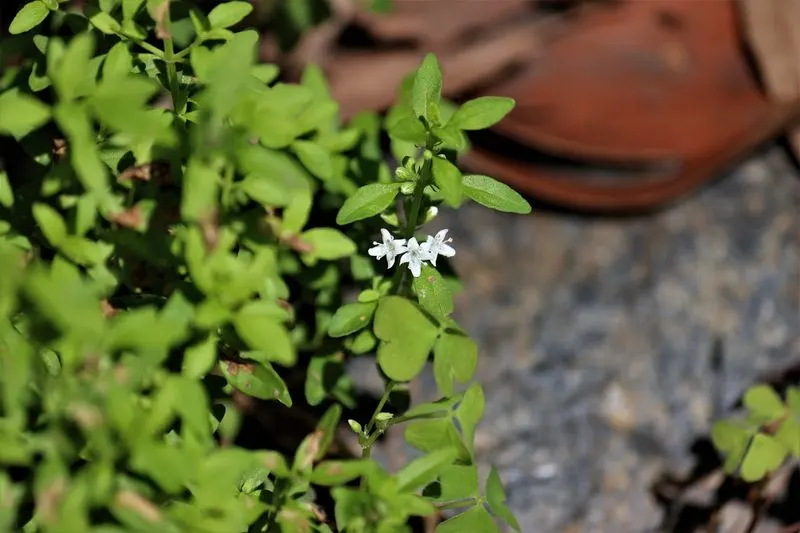
Mint’s aroma is undeniably refreshing, yet it can bewilder garden insects. Imagine a bee buzzing around, attracted by the sweet scent but ultimately puzzled as it lands on the mint leaves. This confusion can disrupt pollination, leading to less fruitful gardens.
Gardeners might notice fewer flowers or fruits. Could mint’s charming scent be playing tricks on our tiny garden friends? It’s a fragrant mystery worth pondering.
So, if you spot confused bees, your mint might be the culprit, adding an air of mystery to your green space.
Time-Traveling Weeds
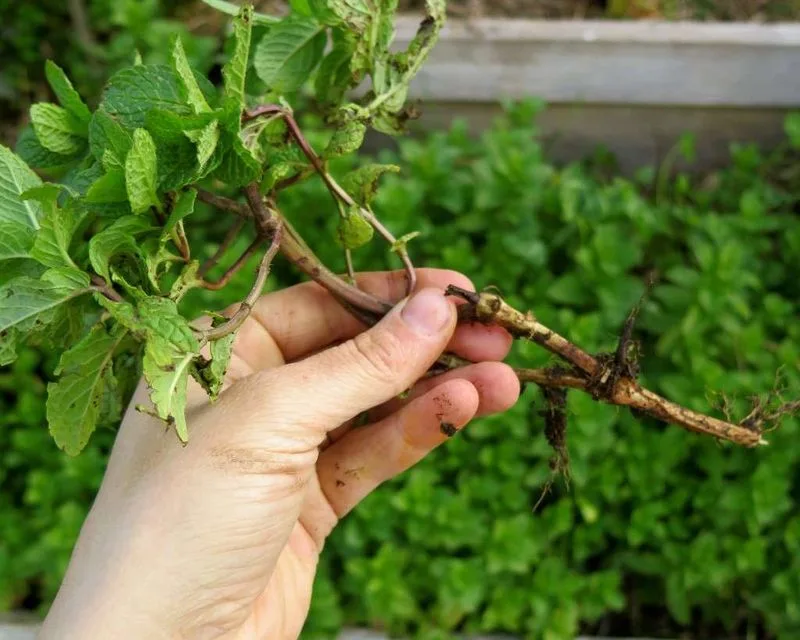
Ever feel like your garden is a blast from the past? Mint has a sneaky way of intertwining with historic weeds, reviving flora from eras gone by. You might find ancient herbs like dandelions or chicory mingling with your mint.
This unexpected time-traveling garden party can add a quirky twist to your gardening experience. Imagine explaining to guests why your mint patch resembles a medieval herb garden.
While some might see it as a nuisance, others embrace the historical vibe, making it a unique conversation starter.
Minty Green Illusions
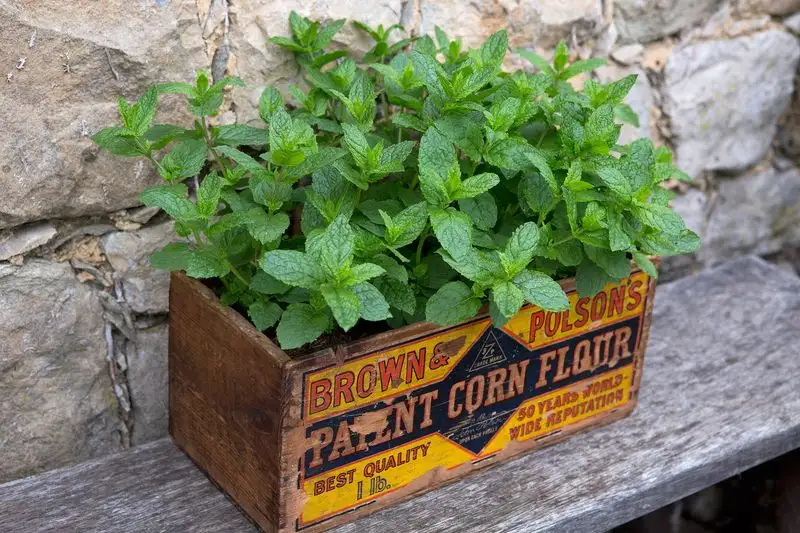
Mint leaves can play visual tricks in the garden, creating illusions that captivate the eye. Their reflective surfaces might make you see shapes that aren’t there, like distorted reflections in a pond.
These minty mirages add an artistic flair to your outdoor space, inviting creativity and imagination. It’s like having your personal art gallery right in the garden.
While some gardeners find it enchanting, others may wonder if their eyes are deceiving them, bringing a whimsical charm to the mint-growing experience.
Unpredictable Flavor Shifts
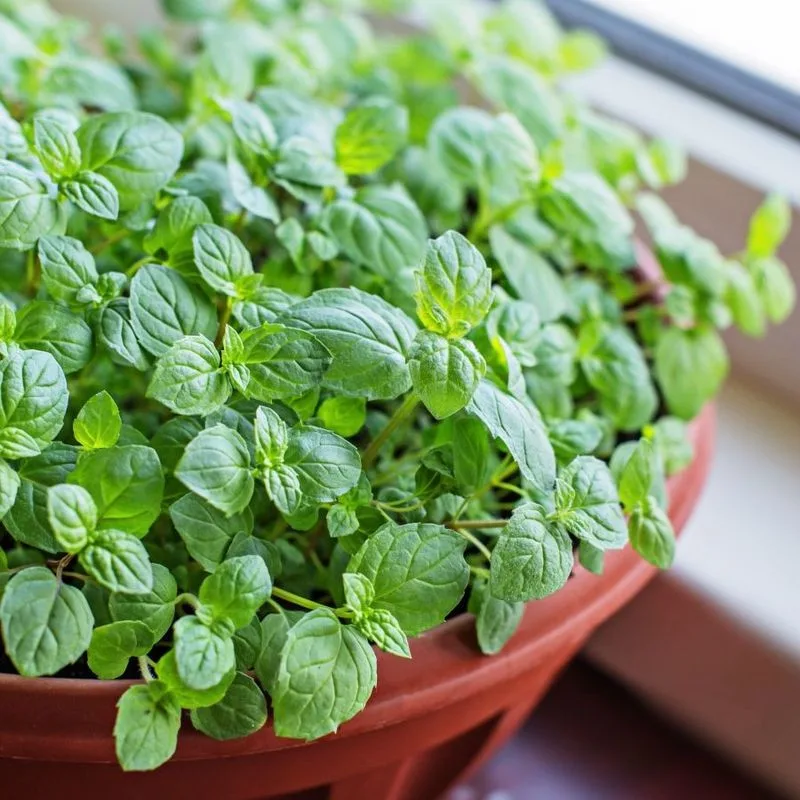
Mint isn’t just refreshing; it’s also full of surprises. Ever tasted mint and thought it was… a bit off? That’s because mint can have unpredictable flavor shifts. One moment it’s sweet, the next it might taste slightly bitter.
These flavor fluctuations can add an unexpected twist to your culinary creations, keeping taste buds on their toes. If you’re a fan of surprises, mint might just be your new kitchen muse.
So next time your mojito tastes different, blame your adventurous mint for the flavor rollercoaster.
Mystical Moonlit Mint
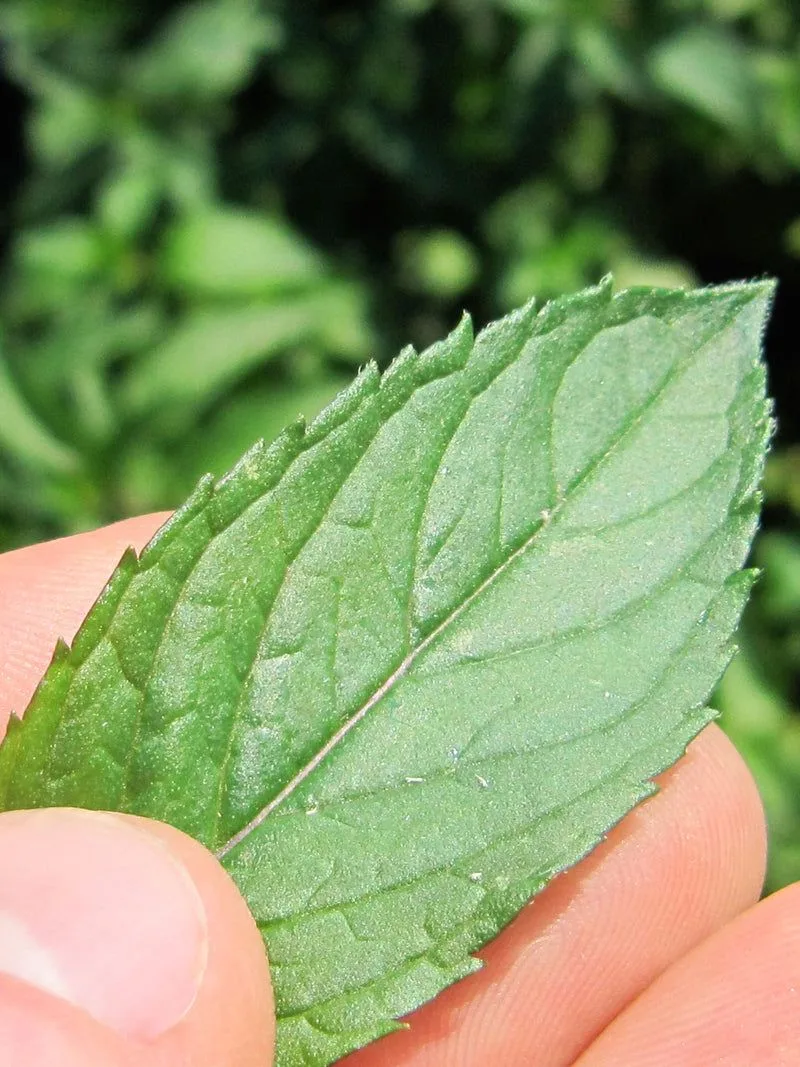
As night falls, mint takes on a mystical glow under moonlight, creating an enchanting garden scene. This ethereal transformation can turn any garden into a fairy tale landscape.
But the glow isn’t just for show; it’s believed to summon garden spirits or attract night-loving creatures. Some gardeners even claim to have spotted enchanted gnomes amidst the glowing mint leaves.
Whether or not you believe in magic, this moonlit attraction adds a touch of wonder to your mint patch, making every night in the garden feel special.
Mint’s Secret Language
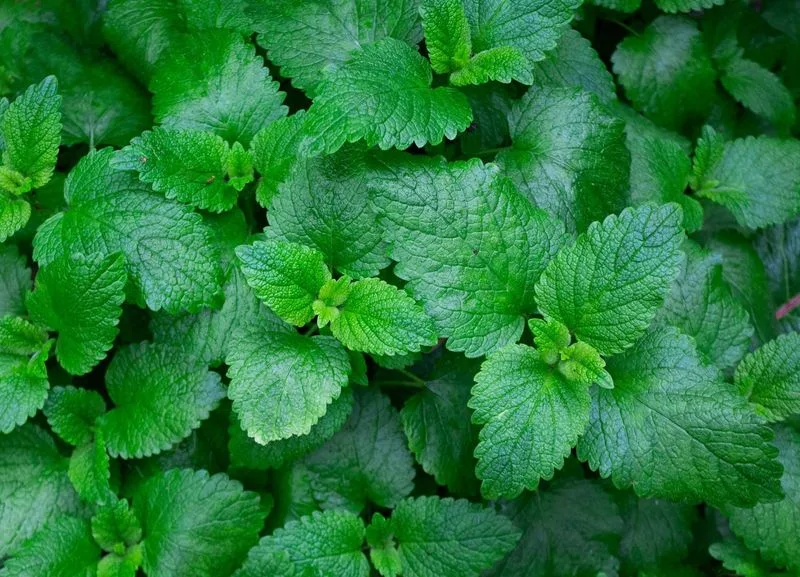
Mint leaves, with their subtle movements, seem to whisper secrets to neighboring plants. Some gardeners swear they’ve witnessed mint communicating through rustling leaves or changing colors.
This secret language can foster a sense of community among your plants, sparking imagination and creativity. Perhaps your garden is telling stories only it can understand.
Whether it’s a gentle breeze or mint’s mysterious ways, this phenomenon adds an interactive element to gardening, encouraging a deeper connection with your leafy companions.

